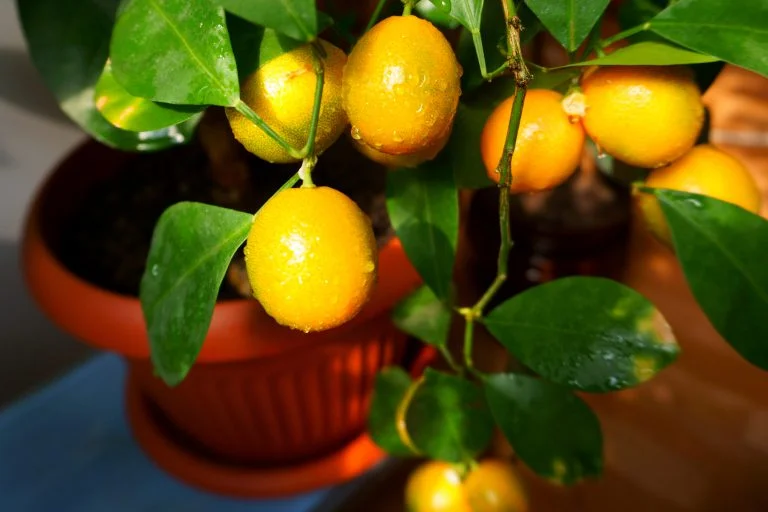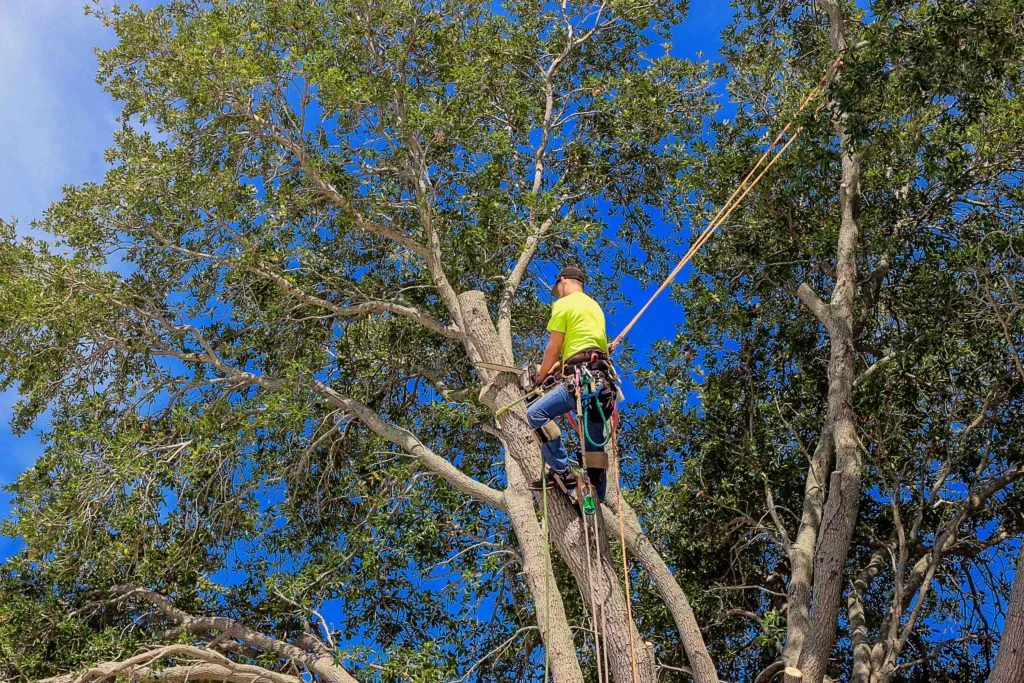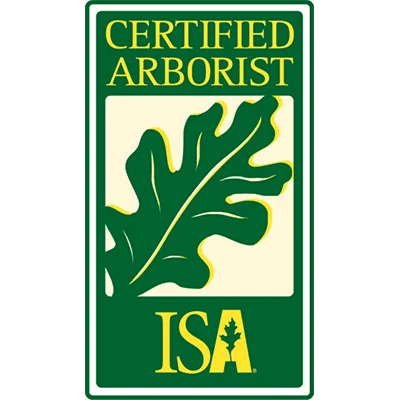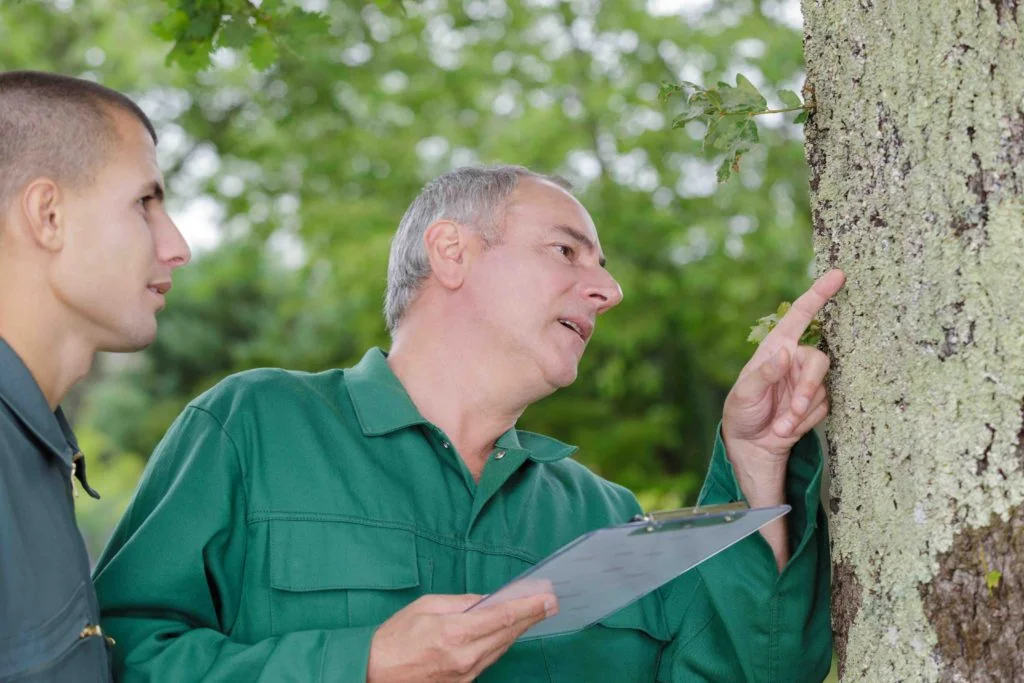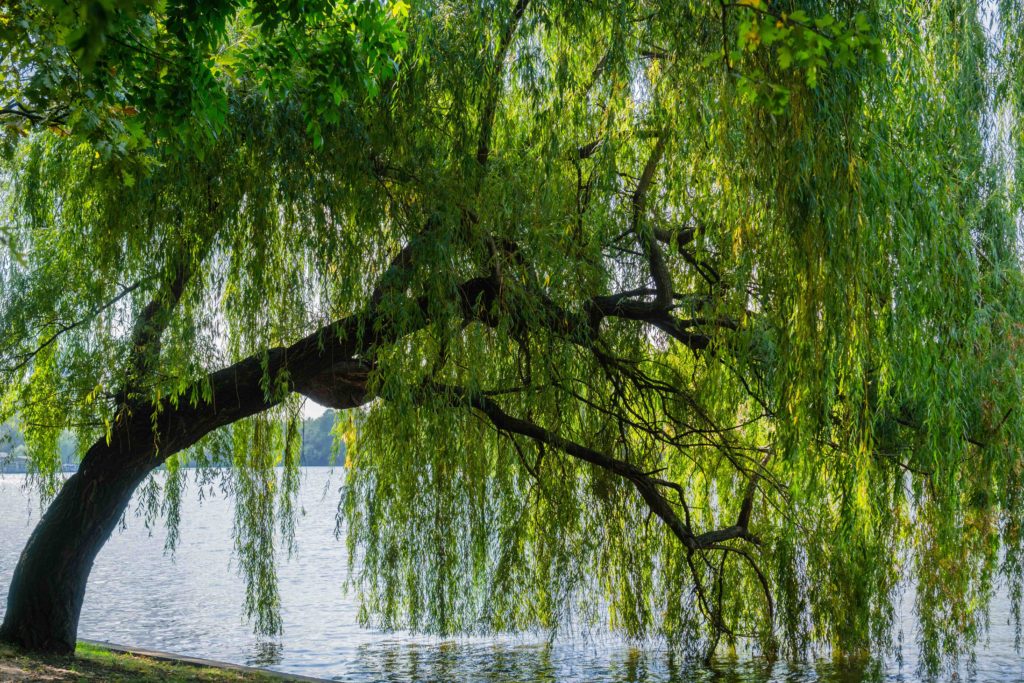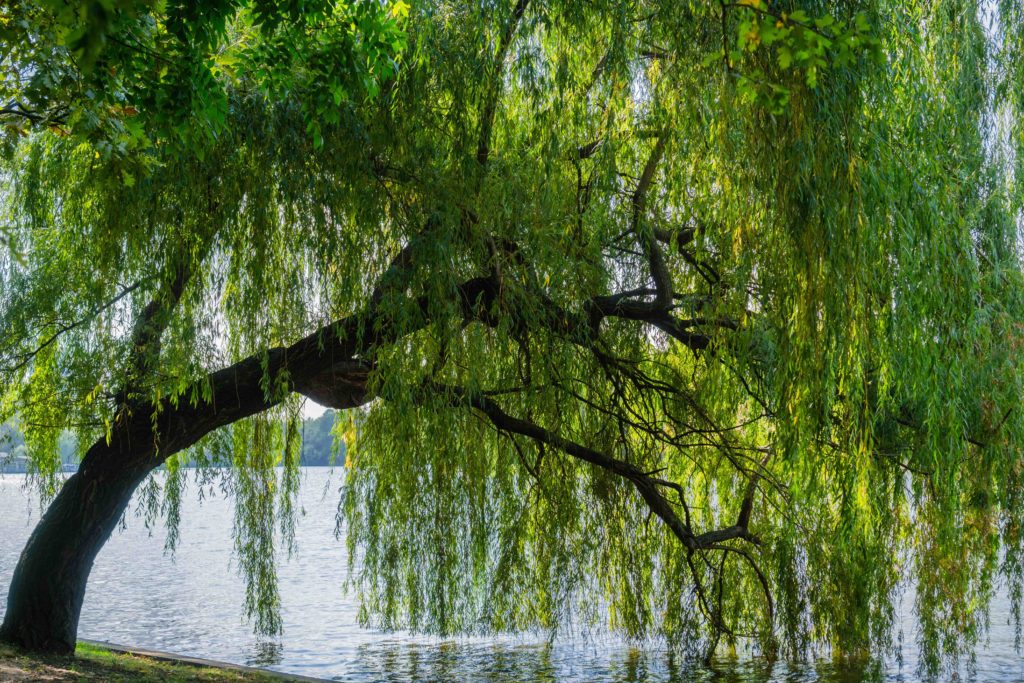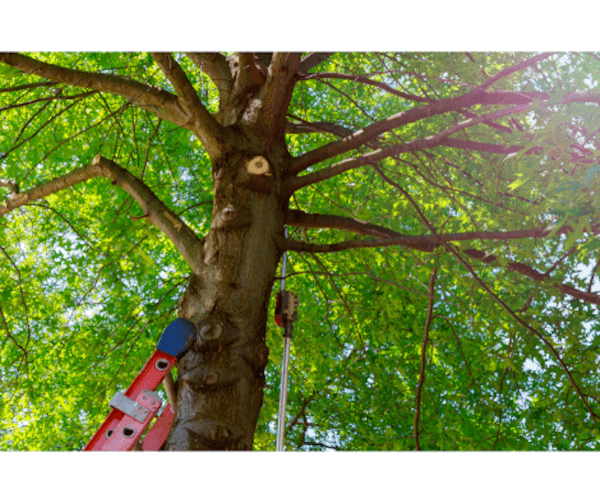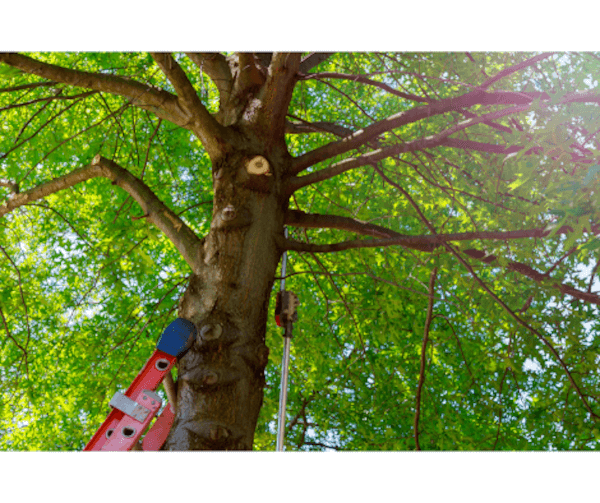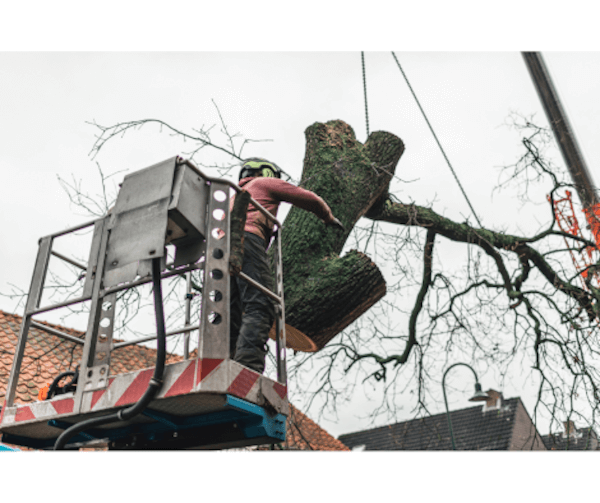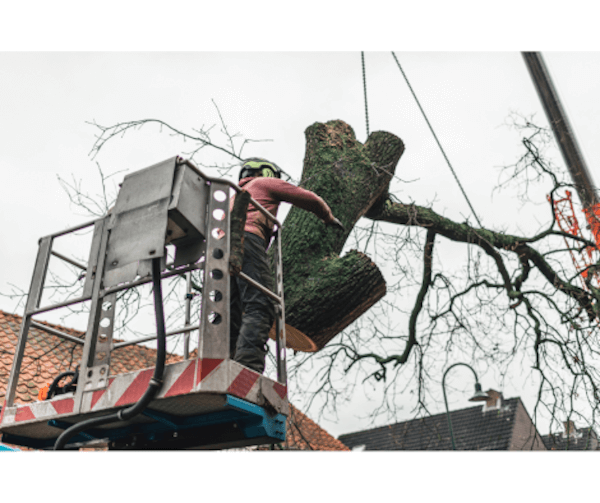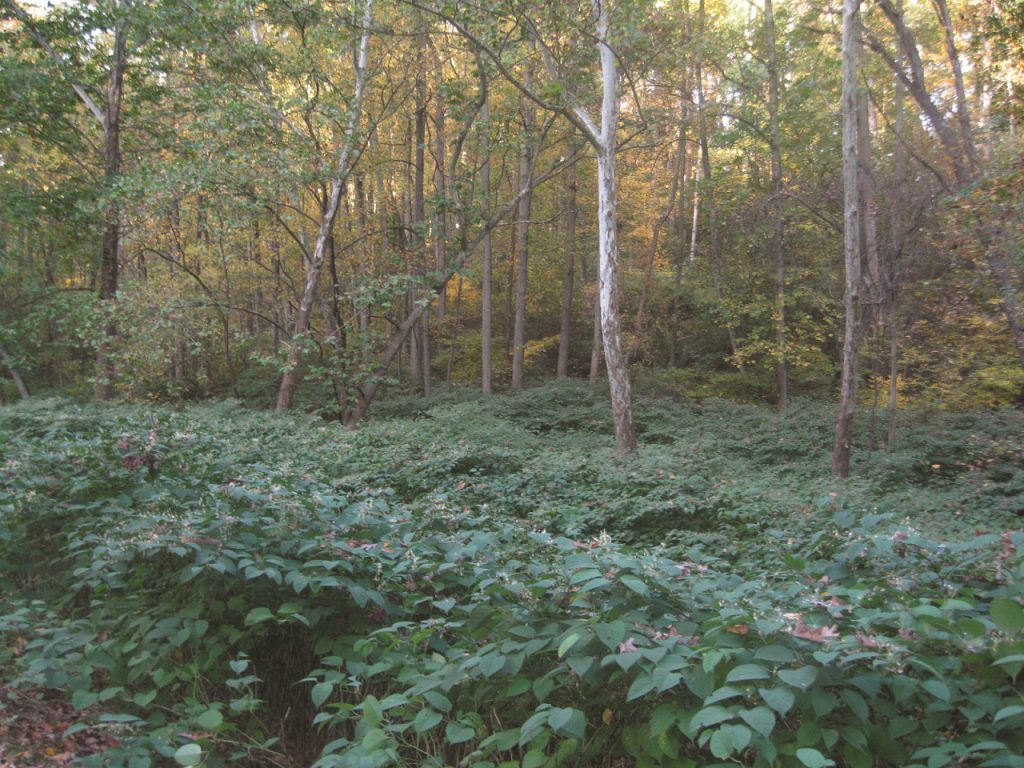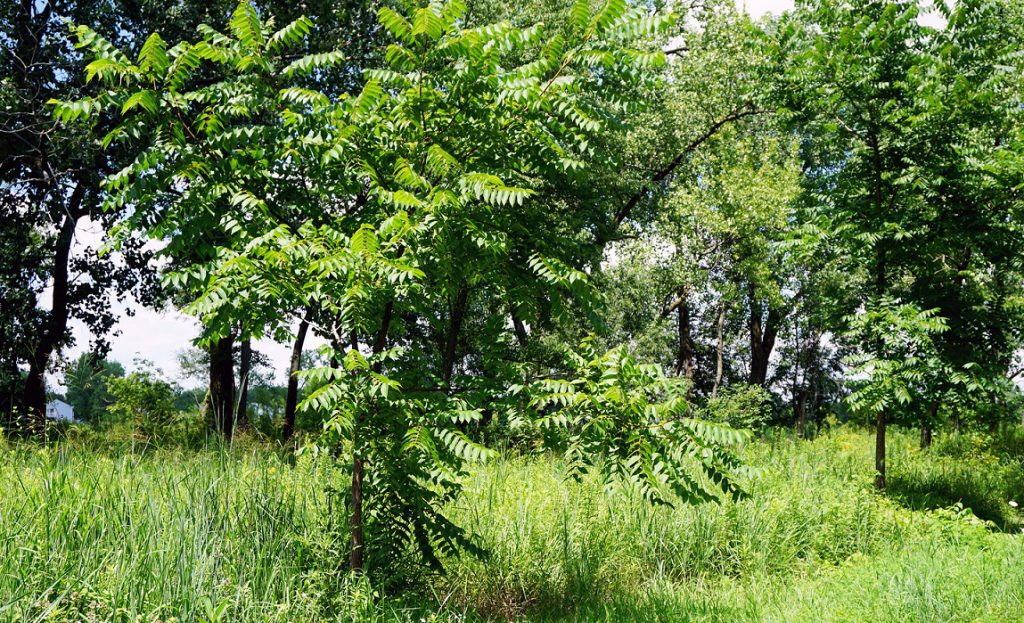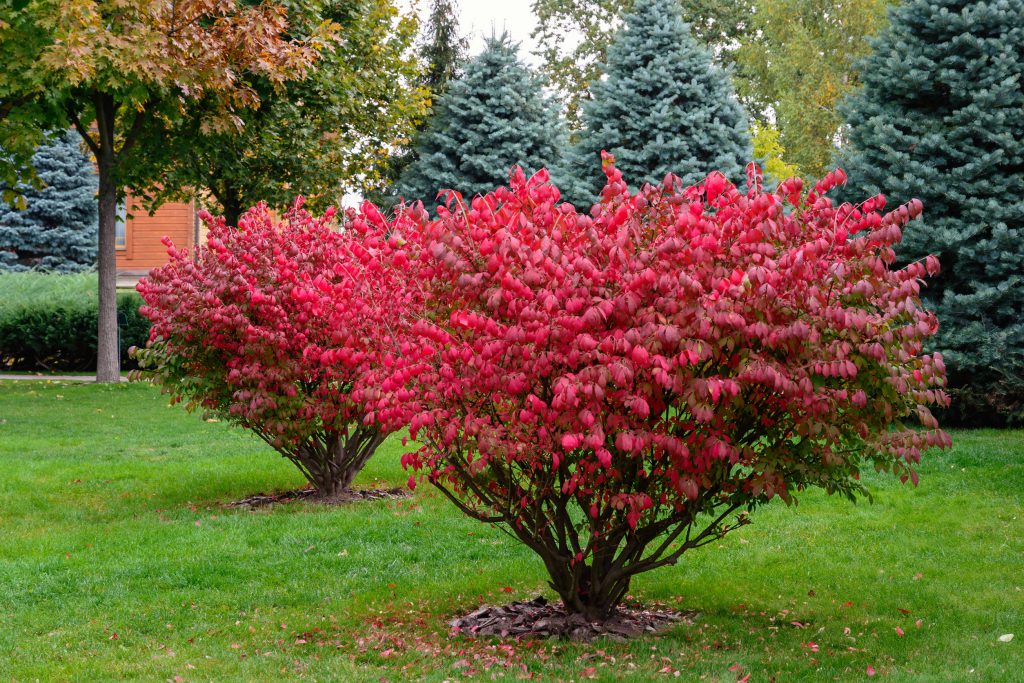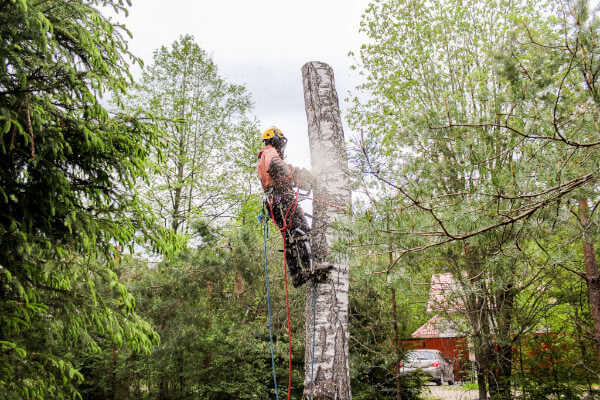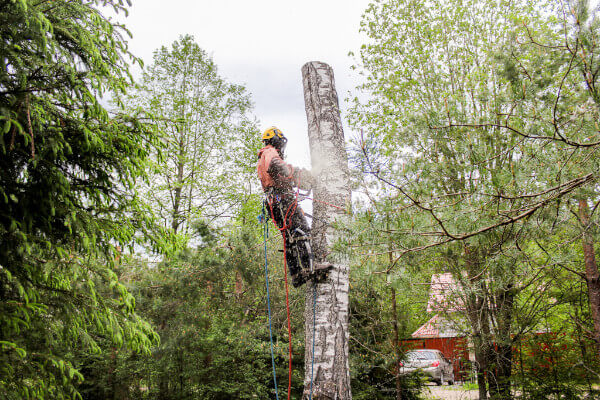People have grown citrus trees since ancient times and helped spread these fruit-bearing favorites around the world! Citrus are native to Southeast Asia. However, humans brought them to increasingly distant places over time. Moving along trade routes, various species arrived in the Middle East and Mediterranean, then on to Europe. Spanish conquistadors first introduced citrus to North America in Florida. Now, citrus are some of the most common landscape fruit trees in California, Arizona and Texas.
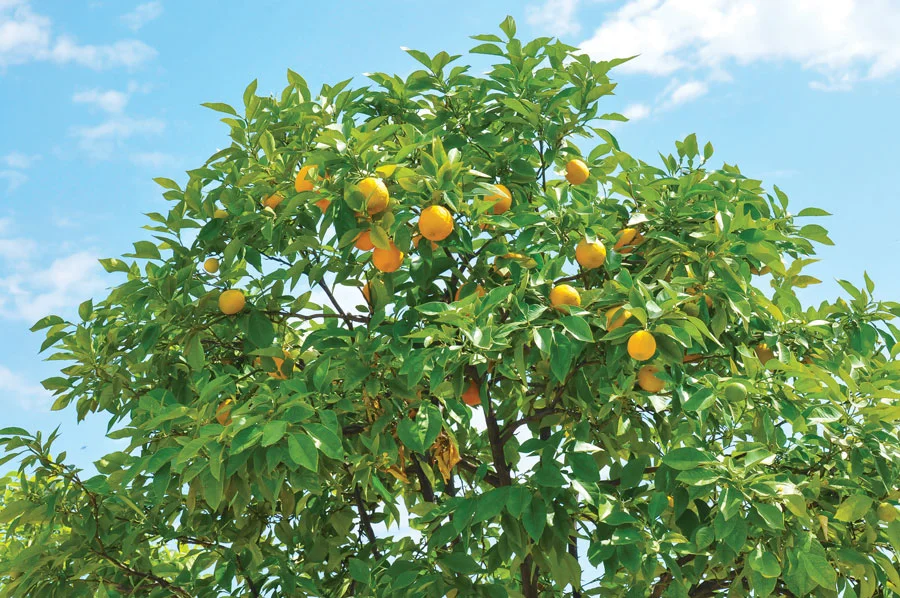
Growing citrus trees at home
Citrus trees thrive in sunny, humid environments with fertile soil and adequate rainfall or irrigation. When selecting a planting location, consider soil drainage first and foremost as these trees require well-drained soil.
All citrus are broadleaved and evergreen. They do not drop leaves except when stressed. If you have a citrus tree losing leaves that is a definite indicator of an issue.
In warm, sunny climates, plant these trees or grow them in containers. In areas where the weather is too cold to grow citrus outdoors, you can grow dwarf plants potted indoors or in greenhouses. In containers, citrus trees will tolerate poor care better than many green shrubs.
The trees flower in the spring, and fruit is set shortly afterward. Fruit begins ripening in fall or early winter and develops increasing sweetness afterward. Fruit quality is highly dependent on the weather, variety and overall plant health.
How to tell if fruit is ripe
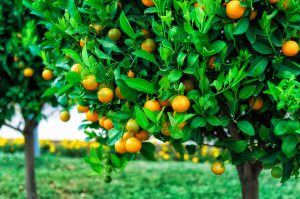
While the words “ripe” and “mature” are often used interchangeably, they are not actually the same thing. A mature fruit is one that has completed its growth phase. Ripening refers to the changes in a fruit after it is mature up until it begins to decay.
Some fruits are picked when mature but before they’re ripe and then they continue to ripen off the tree. That is not the case with citrus fruits; once picked they do not become sweeter or ripen further.
Color is not an indicator of ripeness with oranges because sometimes rinds turn orange long before the fruits are ready to eat. Tasting them is the only way to know if the time is right.
Also interesting is that the color of citrus fruits only develops in climates with cool winters. In tropical regions with no winter, citrus fruits remain green until maturity, such as with tropical “green oranges.”
Common problems in citrus trees
There are numerous diseases common in citrus trees, with some being quarantined. Citrus greening, sweet orange scab, citrus canker and black spot of citrus have had a serious impact on citrus industries. Report infected trees to the USDA. In home landscapes, root rot disease due to excess water is particularly commonplace. This disease is not quarantined.
Pests such as citrus leafminer, spider mites, rust mites, mealybugs, scale and aphids frequently infest citrus trees. Regular inspection will ensure identification of these pests early, before populations grow and serious damage occurs.
The post Citrus Trees: A Favorite Since Ancient Times first appeared on Tree Topics.
